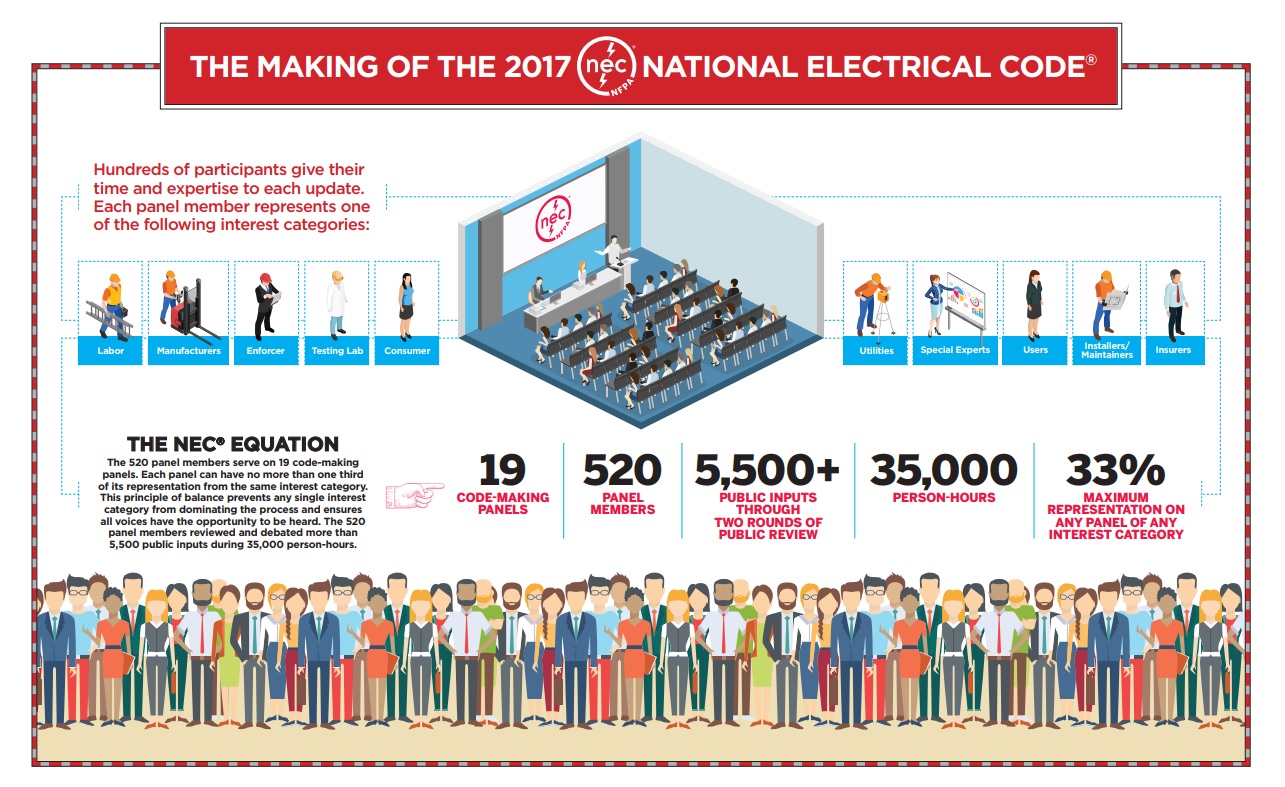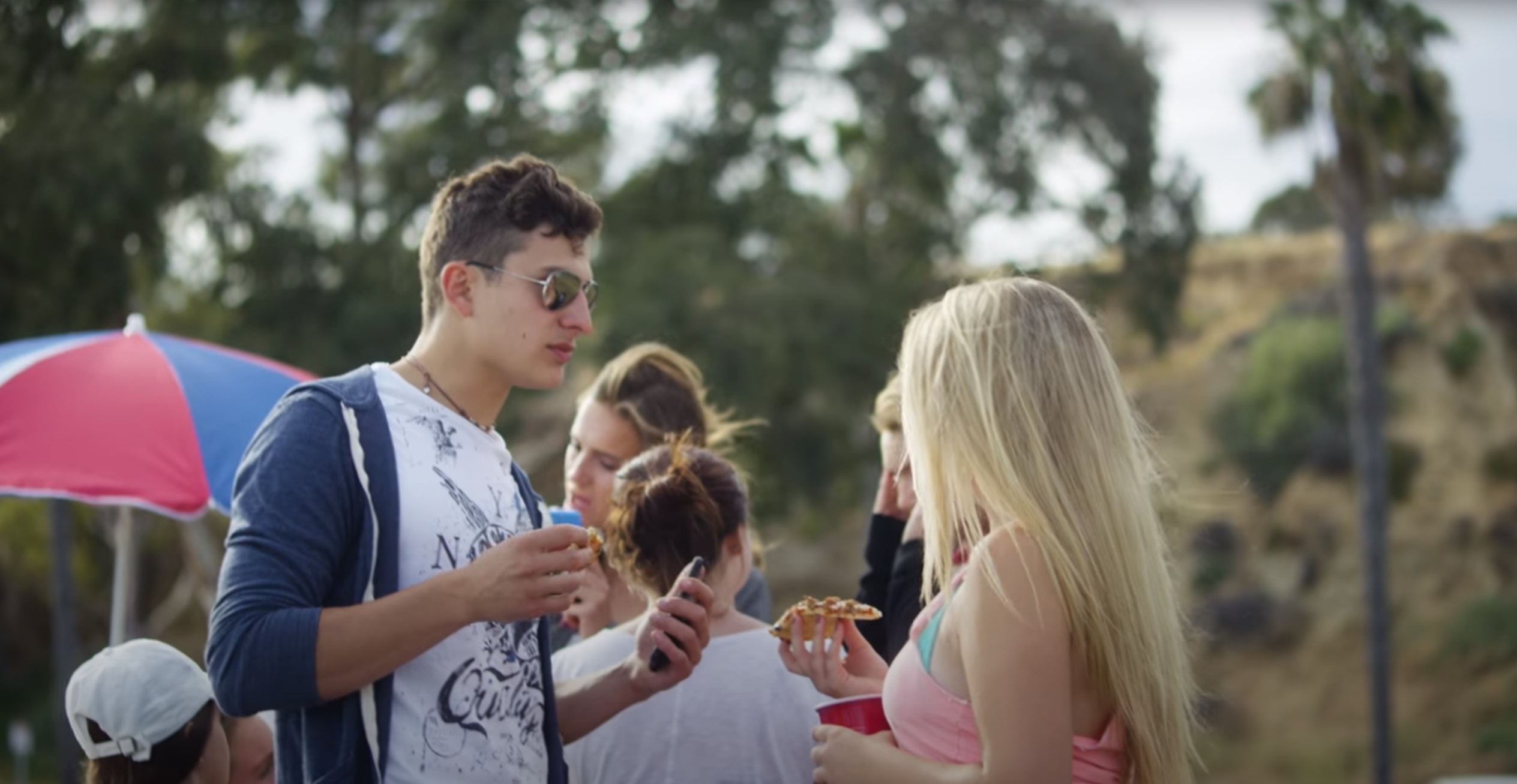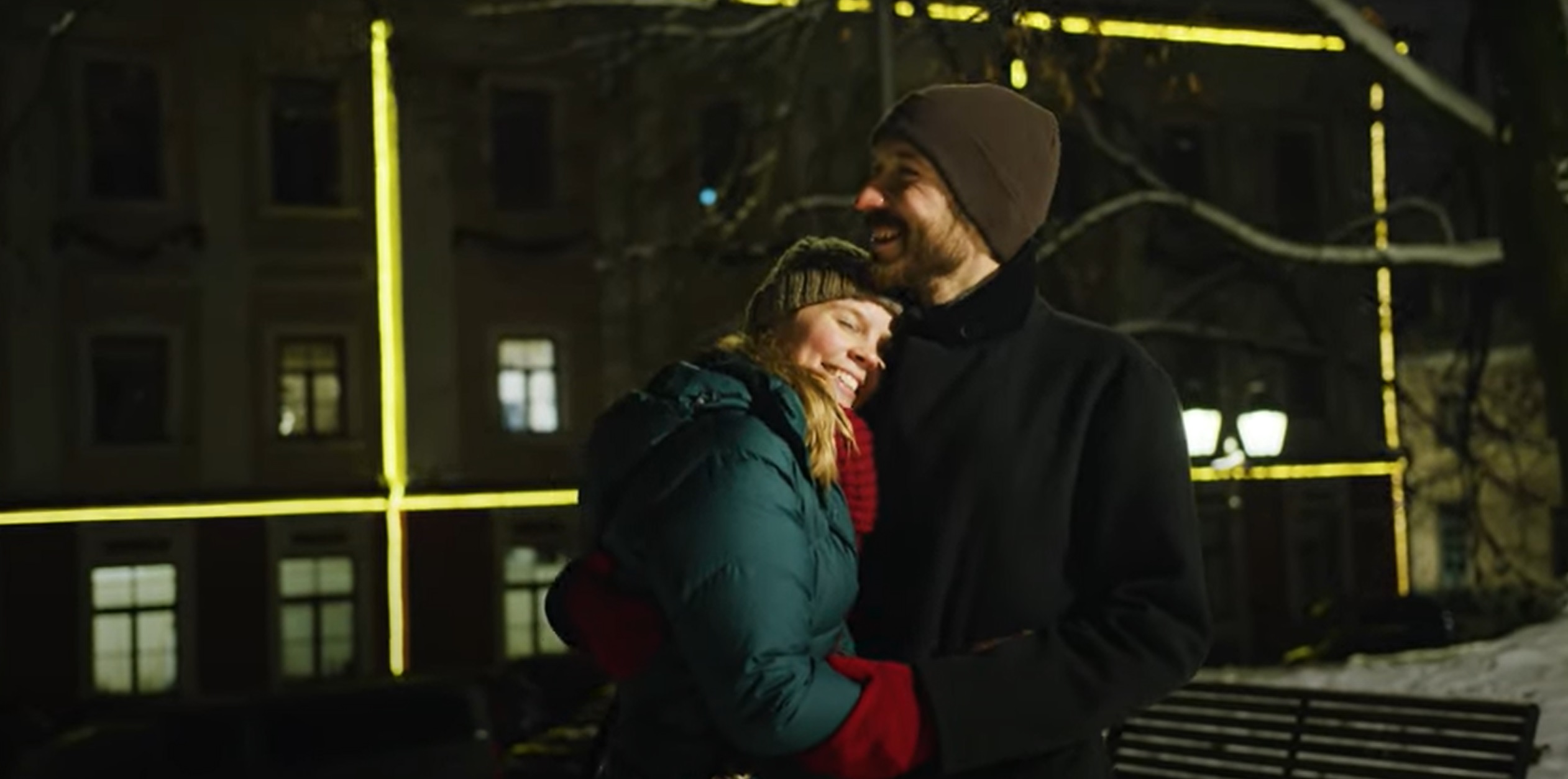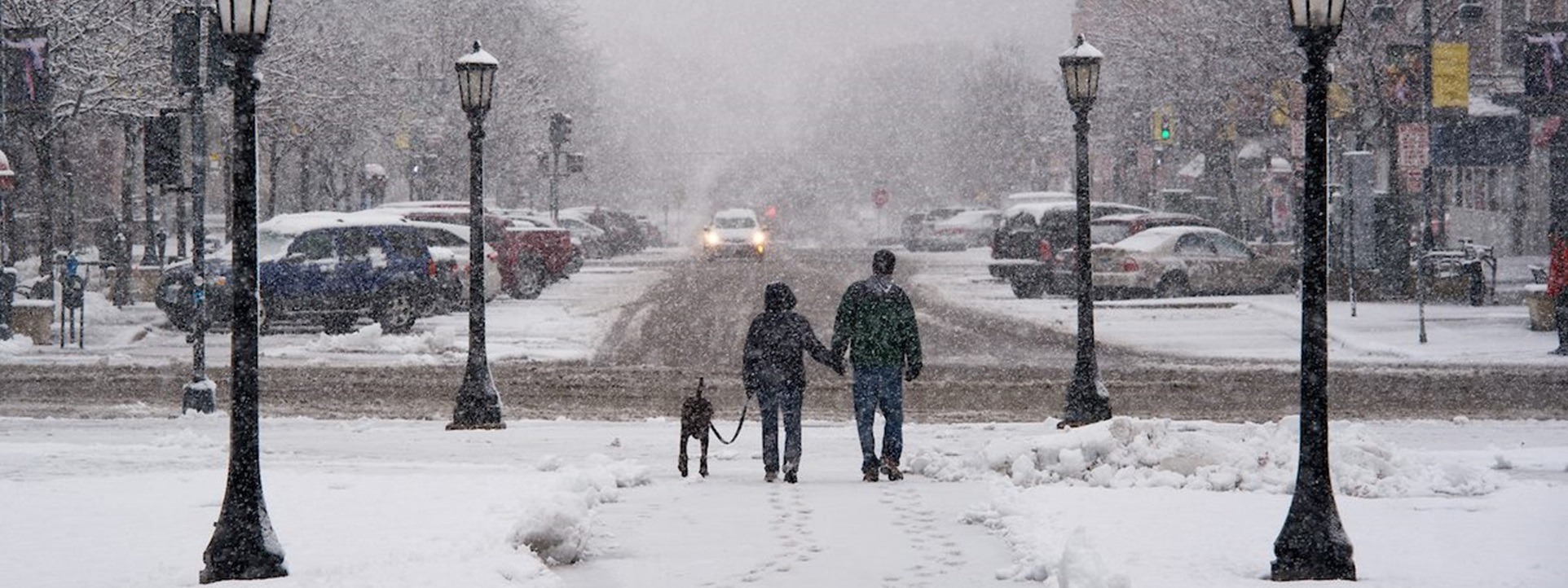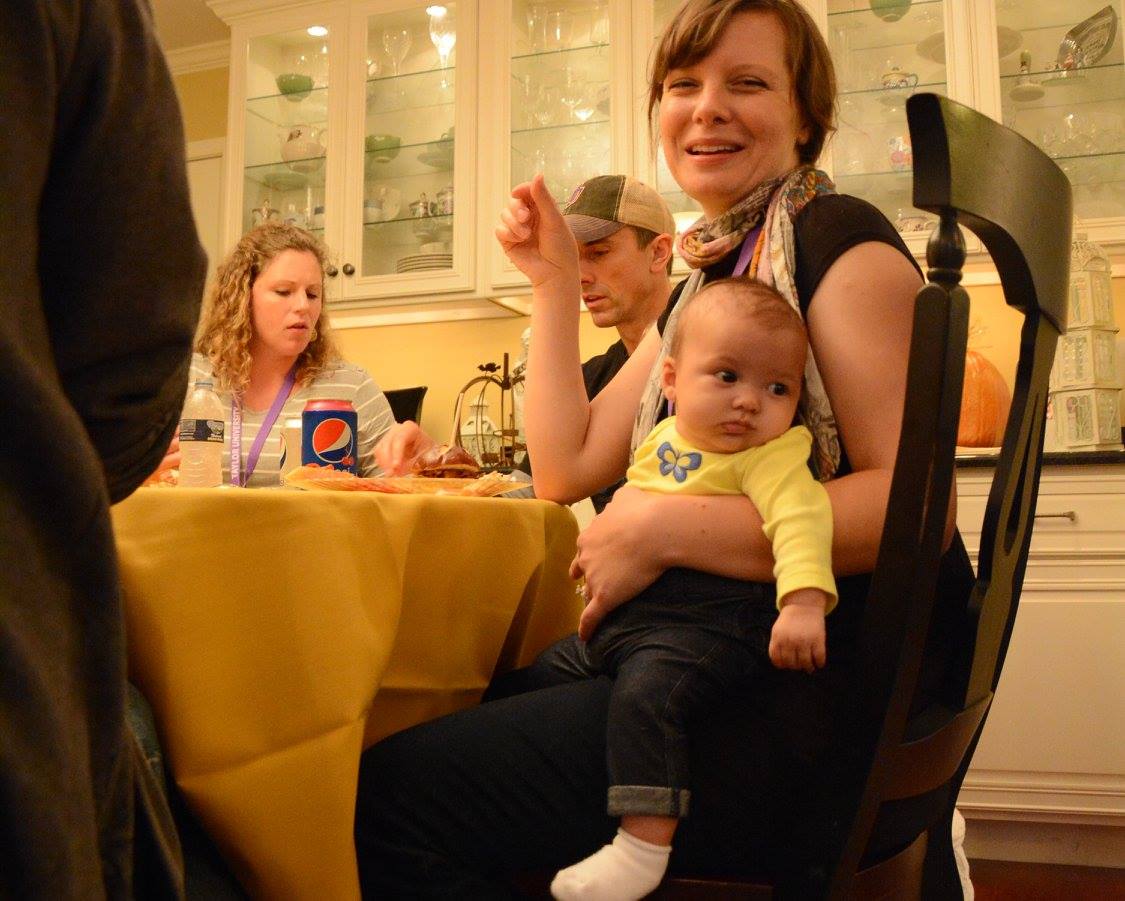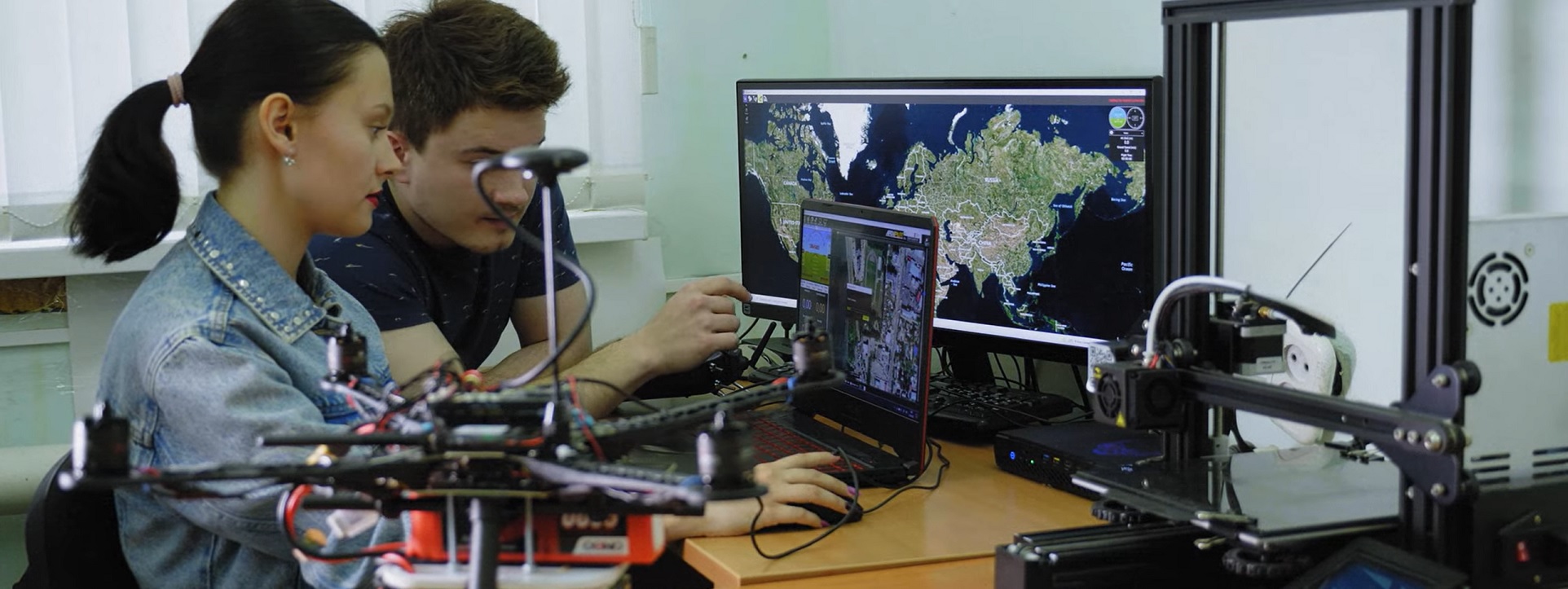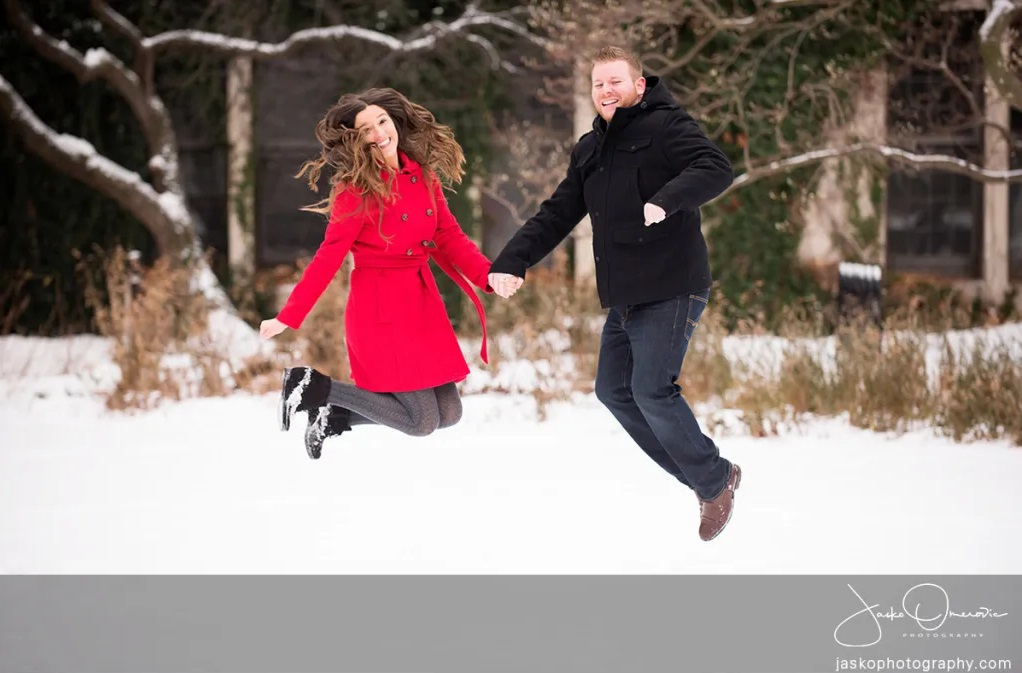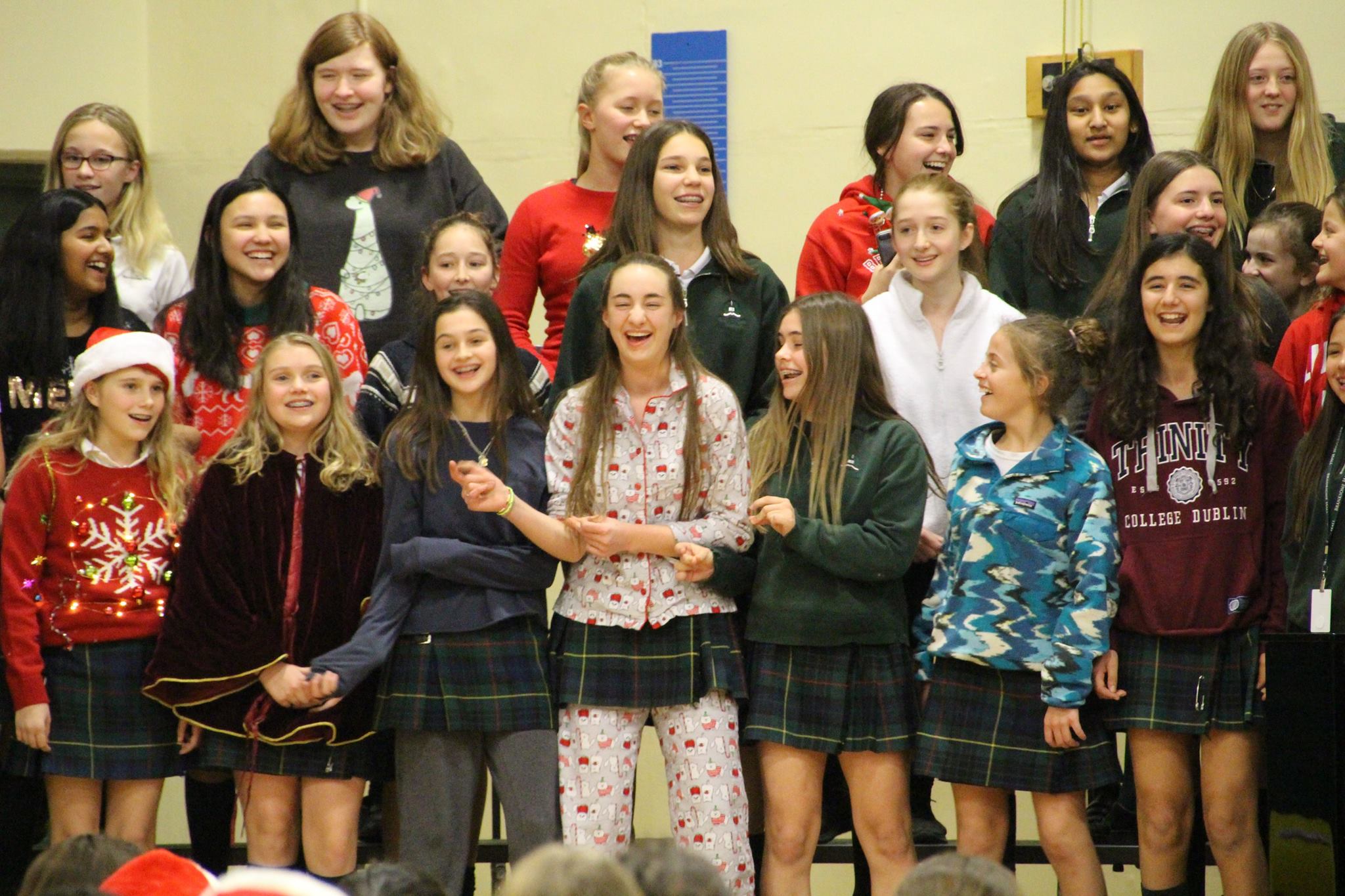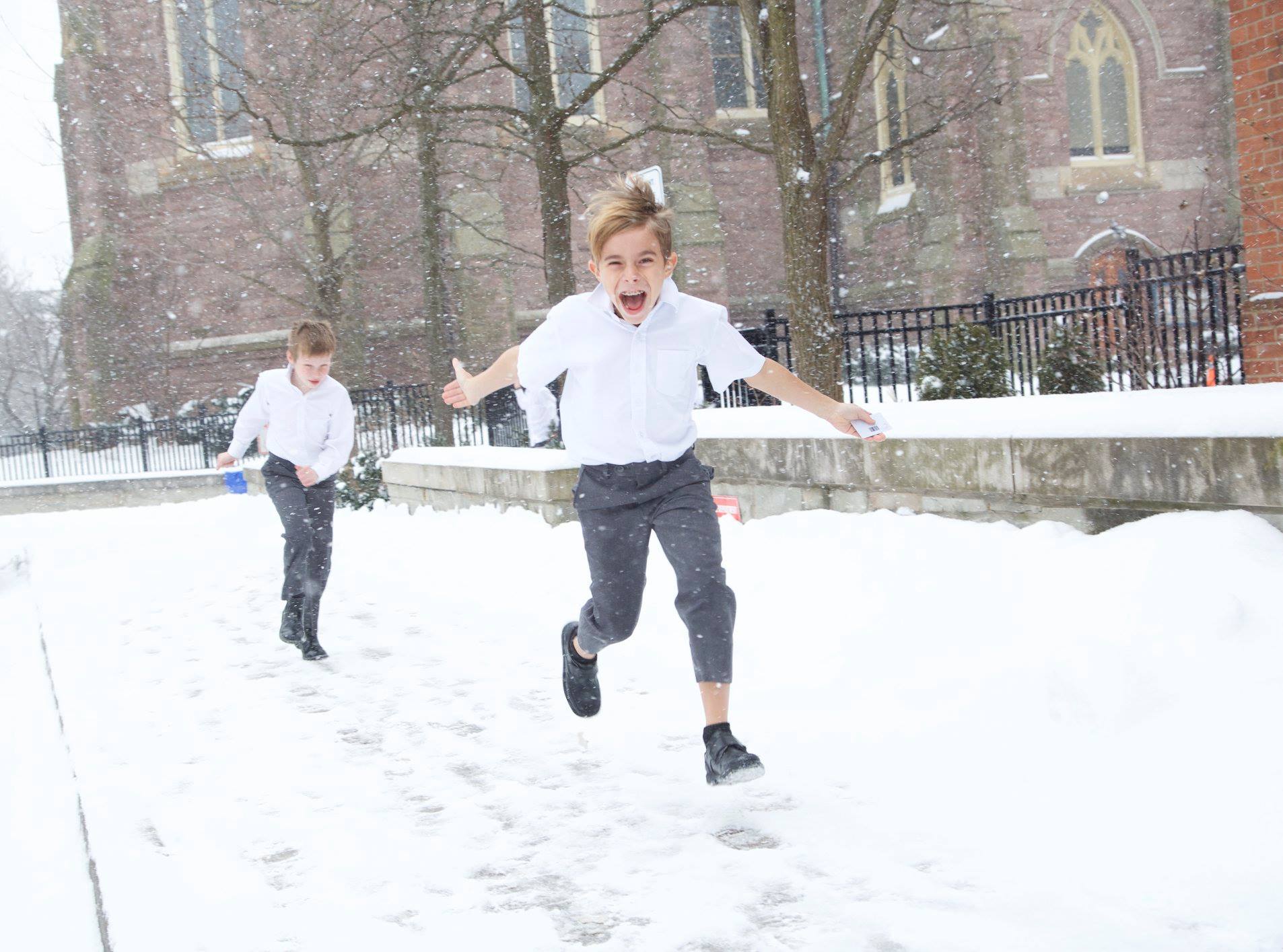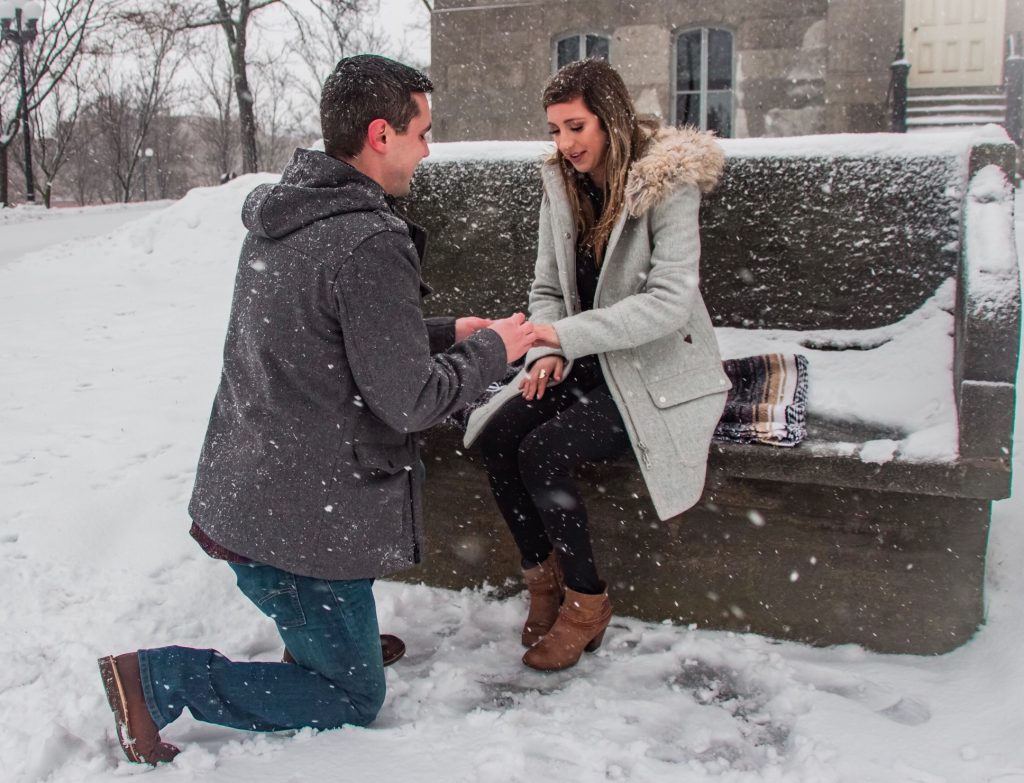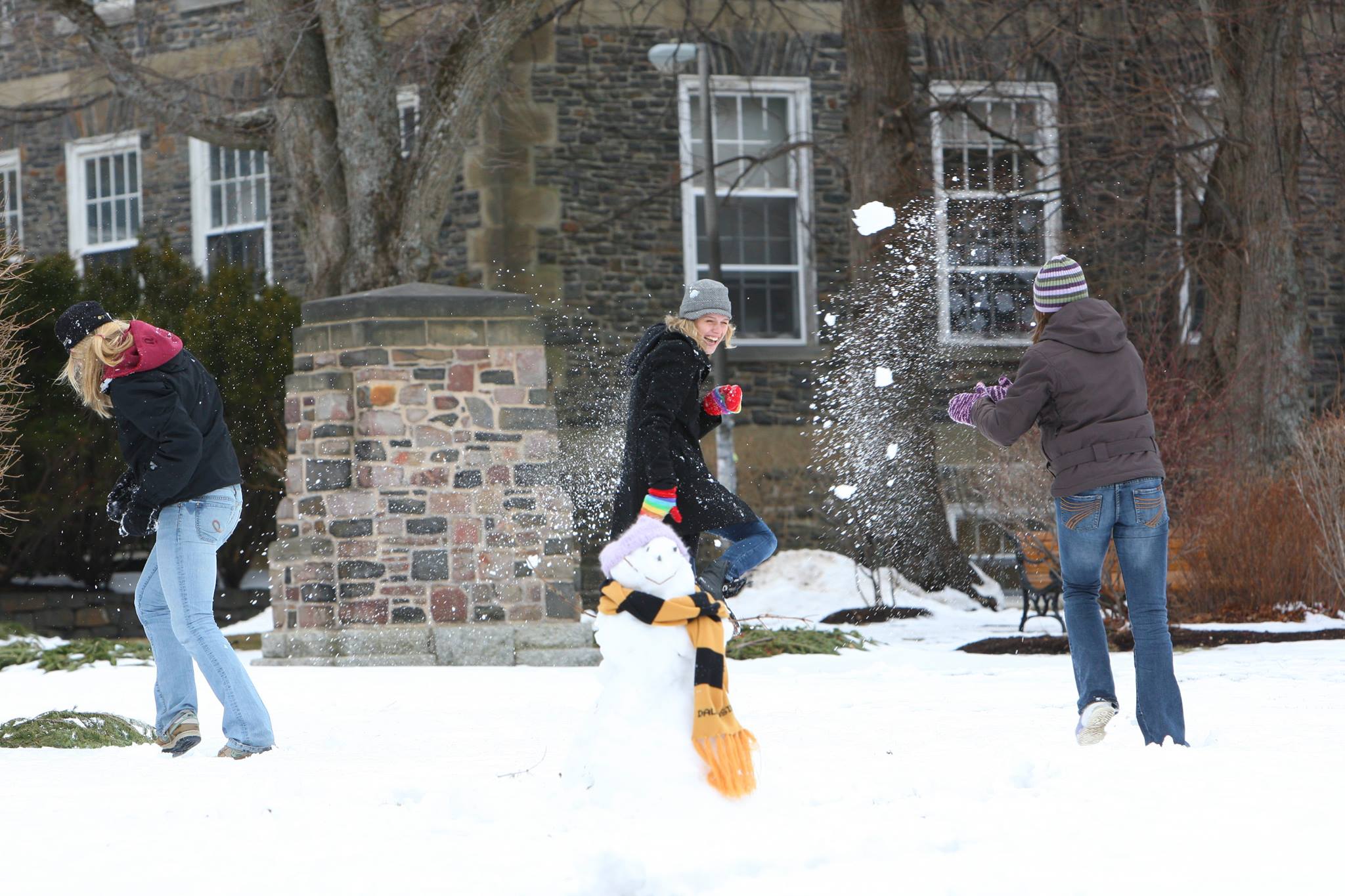CoHo Coffee
- Home Page 37

Electrical Trade Labor Standards
Free Journeyman Electrician Practice Test 2025 Study Guide
United States national electrical trade standards prioritize safety, reliability, and economic efficiency in electrical systems. Governed primarily by the National Electrical Code upon which the University of Michigan has had a vote since 1996.
The NEC outlines requirements for wiring, equipment installation, grounding, and overcurrent protection to prevent hazards like electrical shocks, fires, and equipment failures. Compliance ensures safe operation in residential, commercial, and industrial settings. Standards also promote energy efficiency, encouraging practices like proper insulation, energy-efficient lighting, and renewable energy integration to reduce costs and environmental impact.
Organizations like the Occupational Safety and Health Administration (OSHA) and Underwriters Laboratories (UL) further enforce safety through regulations and product certifications. Adherence to these standards minimizes risks, ensures system longevity, and supports economic benefits through reduced energy waste and maintenance costs, fostering a safe and sustainable electrical infrastructure.![]()
European Union electrical trade standards prioritize safety, interoperability, and economic efficiency across member states. Governed by the Low Voltage Directive (LVD) 2014/35/EU and harmonized standards from the European Committee for Electrotechnical Standardization (CENELEC), these regulations ensure electrical equipment operates safely between 50-1000V AC or 75-1500V DC. Standards like EN 60335 address appliance safety, while EN 50110 outlines safe maintenance and operation practices. Compliance with CE marking requirements certifies adherence to safety, health, and environmental standards, facilitating market access.
For economy, the EU promotes energy efficiency through directives like the Ecodesign Directive 2009/125/EC, mandating efficient lighting, motors, and renewable energy integration to reduce consumption and costs. National regulations align with EU standards, ensuring consistency. These measures minimize electrical hazards, enhance system reliability, and support sustainability by reducing energy waste, fostering cost-effective, safe electrical infrastructure across the EU’s diverse markets.
Non-profit organizations and unions play a critical role in training electricians, ensuring skilled, safe, and competent professionals. Organizations like the National Electrical Contractors Association And unions such as the International Brotherhood of Electrical Workers Offer structured apprenticeship programs combining classroom instruction with hands-on training.
These programs cover electrical theory, National Electrical Code compliance, safety practices, and emerging technologies like renewable energy systems. Non-profits often provide certifications, scholarships, and continuing education to promote workforce development. Unions advocate for fair wages and safe working conditions, while their training centers emphasize practical skills, ensuring electricians meet industry standards and contribute to reliable, efficient electrical systems.
Join us today with the login credentials at the upper right of our home page.
Providing reliable internet to Alaska’s rural communities has long been a challenge. Now, members of #IBEW Local 1547 are readying to fix the problem for good, starting work on the Alaska Communications’ FiberOptic project later this year. https://t.co/cxwCug9Sfn pic.twitter.com/W0kNjYA6Kk
— IBEW (@IBEW) January 27, 2025
Calling all apprentices! Get ready for a day of inspiration, learning, & activities at Apprentice Appreciation Day at #NECA25. Connect with peers, hear from industry leaders, & take on challenges to help you build skills & advance your career. Learn more: https://t.co/Rhs3cgmhKR pic.twitter.com/sHLKWd57XD
— NECA (@necanet) July 29, 2025
Want the opportunity to give something back and help to build the next generation of the electrotechnical industry?#ECA #Skills Committee wants someone with #careers or local skills engagement experience to get in touch. Deadline – Friday 19 September: https://t.co/hljTXUg5PL. pic.twitter.com/WEG8JarB4r
— ECA – Electrical Contractors’ Association (@ECALive) August 20, 2025
Carbonic Macerated Coffee
The crossover was inevitable — wine inspired coffee. Respecting today’s release of Beaujolais Nouveau in the Vallée de la Saône we reflect upon “enlightened” coffee varieties and preparations that classically “pair” with wine — either as contrast or complement. Anaerobic or carbonic-maceration coffees (very “winey” ferments). Many modern specialty lots taste like red fruit jam, Concord grape, or even Lambrusco. As with the wine itself: not for coffee snobs.
Beaujolais Nouveau is a young, light, fruity red wine made from Gamay grapes in the Beaujolais region of France (just south of Burgundy). Unlike most red wines that are aged for months or years, Beaujolais Nouveau is rushed from the vineyard to the bottle in just 6–8 weeks using a special fermentation technique called carbonic maceration (which gives it its signature banana/strawberry/candy-like flavors).
By French law, it cannot be released before one minute past midnight on the third Thursday of November. This has turned the release into a global marketing event that started in the 1970s–80s:
- At midnight, the phrase “Le Beaujolais Nouveau est arrivé !” (“The Beaujolais Nouveau has arrived!”) is shouted in bars, restaurants, and wine shops.
- There used to be literal races (by car, helicopter, hot-air balloon, etc.) to get the first bottles to Paris and later to cities around the world (Tokyo, New York, London…).
- It’s marketed as a fun, unpretentious “party wine” meant to be drunk young and slightly chilled.
Reputation today
- Serious wine lovers often look down on it (it’s simple and can taste artificial to some).
- But millions of people still love it as the unofficial kickoff to the holiday/winter drinking season — a light, festive, easy-drinking red that says “the new vintage is here!”
Beaujolais Nouveau Day celebrates the year’s freshest, fruitiest red wine released with maximum fanfare and zero pretension.
“Wildwood Flower”
Standards North Carolina | Junior Appalachian Musicians Elkin
“Wildwood Flower” is a beloved American folk song, best known as a standards of early country music through the recordings of the Carter Family. However, its roots trace back much further to the mid-19th century as a parlor song—a popular genre of sentimental, sheet-music tunes performed in middle-class homes on piano or guitar.
Related:
“My Old Kentucky Home” University of Kentucky Tuba-Euphonium Studiohttps://t.co/7W4RIrw5XT@UKAgriculture@universityofky@UKYpreshttps://t.co/egQAPRUBwZ pic.twitter.com/0OVKVoEsgs
— Standards Michigan (@StandardsMich) September 5, 2020
“Gentle On My Mind” (John Hartford) | Molly Tuttle
Davis & Elkins College | West Virginia@davisandelkinshttps://t.co/M7b6BftOYt pic.twitter.com/FMWcgGM0G5— Standards Michigan (@StandardsMich) August 1, 2021
Retrodiction
“In a world of infinite information,
the scarce resource is attention.”
By design, we do not provide a SEARCH function. We are a niche practice in a subtle, time-sensitive domain with over 30 years of case history. We were the first movers in the largest building construction market in the world. We are happy to answer all questions but place priority on collaborations. We provide links to the most accessed topics in recent days. All queries presented during our “Open Office Hours” every work day, or via email, are gratefully received and prompt a near-immediate response.
Alexis de Tocqueville on the Foundations of American Democracy
Standard for Interactions Between Medical Examiner, Coroner and Death Investigation Agencies
Acceptable Performance Standard for District Cooling Systems
As part of its ongoing, exhaustive effort to continually promote campus safety, the University of Georgia announced today several additional measures, totaling more than $7.3 million, to further strengthen campus security on its Athens campus. https://t.co/bTg6b4DLUX
— UGA (@universityofga) February 27, 2024
@rmayMVS here ya go! From Kruger National Park South Africa #mvinterim #mvinterinterim2southafrica24 pic.twitter.com/QU0rUuGJgg
— Dr. Kelli Bynum (@kellimccbynum) March 3, 2024
Stacks of fun at @OrielOxford‘s annual #ShroveTuesday race 🥞#PancakeDay pic.twitter.com/nTXOpkR1zO
— University of Oxford (@UniofOxford) February 13, 2024
Electrical heat tracing: international harmonization-now and in the future
Electrical heat tracing: international harmonization-now and in the future
“It is a truth universally acknowledged, that a single man in possession
of a good fortune, must be in want of a wife.”
— Pride and Prejudice by Jane Austen
Kitchen Wiring
This content is accessible to paid subscribers. To view it please enter your password below or send mike@standardsmichigan.com a request for subscription details.
Bucky List: No Red 40 Required
This content is accessible to paid subscribers. To view it please enter your password below or send mike@standardsmichigan.com a request for subscription details.
Stuffed Cabbage
From the Badger Insider: Eat Like a Freshman
Ingredients
1 pound ground beef
¼ pound ground pork
1 onion, chopped
¼ cup rice, parboiled
½ can tomato sauce
Parsley
Salt
Pepper
Procedure
Mix all ingredients together. Cut the core from a head of cabbage. Cook cabbage until just heated through and leaves are pliable. Peel off leaves. Put a handful of filling in each leaf and roll up the leaf. Place cabbage rolls in a baking dish.
Mix the remaining half can of tomato sauce with an equal amount of water. Pour this over the cabbage rolls. Cook in a moderate oven about one and a half hours. Serve the gravy on this dish on mashed potatoes.
New update alert! The 2022 update to the Trademark Assignment Dataset is now available online. Find 1.29 million trademark assignments, involving 2.28 million unique trademark properties issued by the USPTO between March 1952 and January 2023: https://t.co/njrDAbSpwB pic.twitter.com/GkAXrHoQ9T
— USPTO (@uspto) July 13, 2023
Standards Michigan Group, LLC
2723 South State Street | Suite 150
Ann Arbor, MI 48104 USA
888-746-3670


